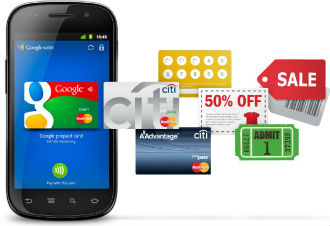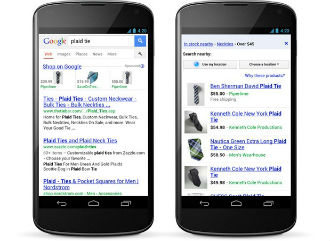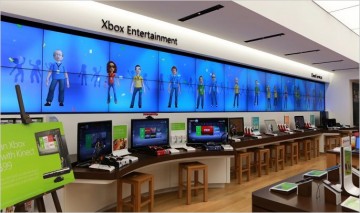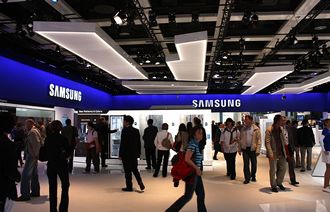 The British Retail Consortium’s data is out for June and online sales were up again, 14.1 percent compared to the same time last year.
The British Retail Consortium’s data is out for June and online sales were up again, 14.1 percent compared to the same time last year.
With the weather taking a turn for the better at last, clothing and footwear were both up as well as increased footfall on the highstreet. Retail sales overall were up 1.4 percent on a like for like basis from June 2012, and on a total basis sales were up 2.9 percent, compared to a 3.5 percent increase in June last year.
Online sales did their best since July 2012, not including Christmas.
The BRC’s director general, Helen Dickinson, said that the weather helped retail sales along in spite of a generally bleak economic climate. There was a positive reaction to retail promotions as well as continued demand for essential items.
The weather helped along DIY and gardening products, Dickinson said, and there were other purchases that may have been postponed when the weather was more typically British.
TV sales are weak compared to last year – where they boomed thanks to the London Olympics. Electronics promotions did help the segment. Food growth grew in line with inflation.
“June saw another strong performance from UK retailers, with very respectable overall growth across the categories,” Dickinson said. “At this halfway point in the year we are able to see that sales are well ahead of the previous six month period, confirming that the retail recovery is continuing”.
Retail head for KPMG, David McCorquodale, said the statistics mark “another respectable performance”.
“Sales are moving in the right direction, albeit hard-earned and promotion driven,” McCorquodale said. “The statistics are all the more creditable as last year’s sales included a Jubilee boost.”

















